What is a mobile crane? The mobile telescopic cranes, usually have the particularity, what distinguishes them from all others to have a boom telescopic, that carries more than one cylinder, the telescopic boom that carries a usually rectangular shape. This heavy machine is useful in the work of modern construction
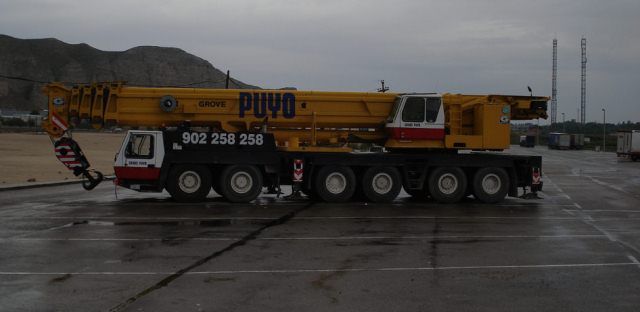
Telescopic crane boom
The telescopic cranes are mobile in the sense that they transport goods and articles in a flexible way.
In addition, as telescopic cranes are also equipped with height adjustments, when it comes to transporting and transferring goods from one place to another, the problems related to height are completely eradicated.
Heavy cranes, such as telescopic cranes, can be mounted on top of a truck and then driven to those places where goods and loads need to be moved.
The main difference between a telescopic crane and other conventional cranes is that the former has a hollow boom that contains several tubes mounted on one side and another. A hydraulic mechanism allows the movement of elongation and refraction of the beam.
Telescopic crane specifications
- The telescopic boom that it carries with it has a usually rectangular shape.
- Its materials are made of high durability and strength steel.
- the regulation of the base or platform that it carries is generally fulfilled automatically.
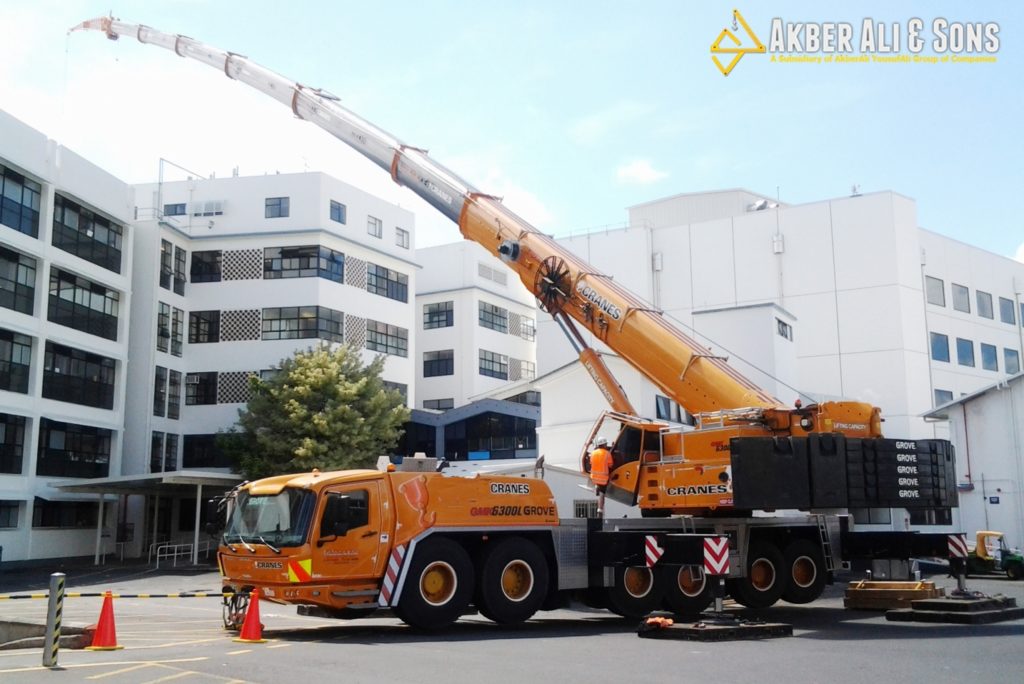
How cranes work
The operation of the system can be based on two concepts; the first of these is the total hydraulic, and as a second or remaining system, it is an electric drive, which in case of limitation sends a warning to a control panel, avoiding accidents.
It carries with it a continuous 360 ° rotation based on a planetary reducer with an involuntary disk brake and activated by an orbital hydraulic motor with high torque and low revolutions.
The stabilizers of this crane are operated by four feet with their respective hydraulic system, composed of double brake cylinders, which carry a blocking valve.
At the same time some limit switches are placed in each of the stabilizers that above all the only objective will be to ensure the adherence of these to sleep and prevent them from raising the boom if the stabilizers are not properly fitted, this way they will ensure stability to perfection and therefore safety when working.
I get also a false frame so that in this way can be absorbed those efforts of bending and torsion results of the platform and in the van placed the stabilizers and the superstructure, thus relieving the efforts without the need to the telescopic crane.
This type of crane is equipped with a hydraulic system that is driven by a pump that diverts strength from the crane, engines, tanks, filters, safety, and blocking valves, double-acting control valves, and high-precision pipes.
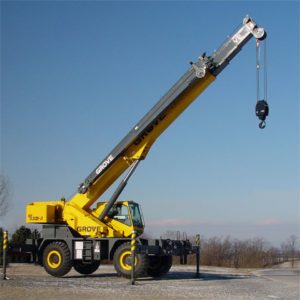
Cargo crane
Cranes, such as telescopic cranes, are often used in daily hauling operations, but it must also be borne in mind that these heavy cranes are very important when it comes to maneuvering operations in ports as well.
Heavy cranes are very important equipment. And of all the variants of heavy cranes, the telescopic cranes are unique because they not only offer utility but also mobility from side to side.
By recognizing the contribution of telescopic cranes as one of the best-designed devices to help load transfer in today’s times, it is like giving these heavy cranes their deserved recognition and credit.
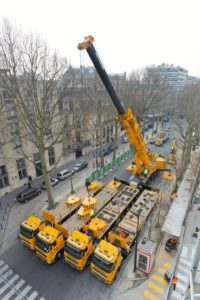
Construction crane
In terms of ports, telescopic cranes offer one of the best possible services. This is because a port is a place that is always full of activity.
The loading and unloading of cargo is something that takes place in any port without a break of a second.
This being the case and given the disadvantages of several other types of heavy cranes, telescopic cranes offer superior support for the proper functioning of tasks in a port.
In any port, you can find many of these telescopic cranes that allow easy mobility and transfer of cargo to the appropriate containers, thus providing the utility in the best possible way.
It is also widely used in the following fields
- in the construction of buildings
- in the construction of bridges
- manufacture of prefabricated components
- electrical installations, electrical towers
- wind fields
- hoisting machinery and heavy equipment

Port cranes
Considering today’s rapid development, it is natural that the cranes have begun to be widely used.
But in terms of the shipping industry and the transport of goods and cargo through ships, cranes have always been the main technology used.
This is because, when it comes to transporting goods and transferring cargo from one area of a port to another, it is very difficult to use simple shelves for luggage, since the quantity and weight of the cargo in the ports is quite heavy and, therefore, requires the help of such telescopic cranes to carry out the cargo transfer process.
Telescopic cranes are used very often in ports due to the ease of mobility they present and the possibility of adjusting the height they offer. They give flexibility to a new name and also provide exceptional service at the same time. Like heavy cranes, telescopic cranes are very popular and highly demanded and easily visible in most ports around the world.
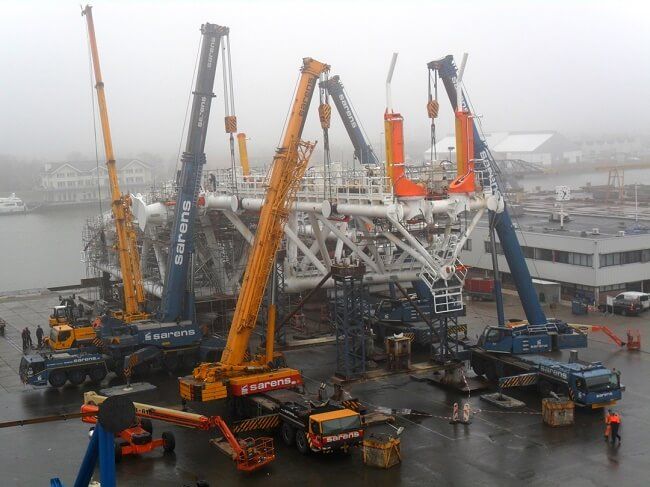
Telescopic crane parts
Supporting chassis
Truck in charge of transporting the crane depends on each model. Support of the crane, cabin, boom; transports all the weight, in the van placed the stabilizers and the superstructure, thus relieving the efforts.
Orientation crown
To maneuver the load, the boom must be able to move to the right and to the left, as well as up and down.
Beneath the operator’s cab is a Rotex gear on a rotating platform bearing that rotates at 2 revolutions per minute (rpm).
It is powered by a bidirectional hydraulic motor mounted in the cab and housed in a metal cover to prevent injury.
The rotation is controlled by a pedal pedal hydraulic in the cabin.
Telescopic boom
The most recognizable part of any crane is the boom. This is the steel arm of the crane that holds the load.
Rising just behind the operator’s cab, the boom is the essential piece of a crane, allowing the machine to lift loads to several dozen feet.
Most hydraulic truck cranes have a boom that has several telescopic sections
Some arms are equipped with a feather, which is the lattice structure attached to the end of the arm.
As the load is lifted, the sections extend to the desired height.
Control cabin
All this equipment is controlled by the operator inside the cabin, which is located at the top of the deck.
Crane operators use various control mechanisms to raise and lower the boom, turn the boom and boom, wind and roll the winch and control other peripheral equipment.
Stabilizers
Hydraulic truck cranes are used to lift heavy loads at high altitudes, and it is important that the truck is completely stable during the lifting operation.
The tires do not offer the necessary stability, so the truck uses stabilizers that act as scales to prevent the crane from leaning too far to one side or the other.
The stabilizers use the hydraulic system to lift the entire truck, the tires and everything from the ground.
The stabilizers are formed by the beam, which is the leg of the stabilizer, and the pad, which is the foot.
Sometimes, “floats” are placed under the platform to dissipate the strength of the crane and the load on the concrete or pavement. Floats are usually wooden boards that line up to create a base that is larger than the pad.
It consists of four extensible feet with its respective hydraulic system. The stabilizers are only one mechanism used to balance the crane during lifting operations.
Counterweights
There are also removable counterweights that can be placed on the back of the crane at the bottom of the cab.
These counterweights prevent the crane from tilting forward during the operation.
The amount of counterweight needed for a particular lift is determined by the weight of the load, the radius of the boom and the angle of the boom during the operation.
Counterweights are only used during lifts; They have to be removed before the truck can be driven.
Steel cable lines
Reinforced steel cable lines run from a winch just behind the operator’s cab, extending up and over the boom and arm.
The lines go up the boom telescopic and adhere to a goalball; It keeps the lines taut when there is no load on the hook.

Crane lift
The hydraulic crane has two basic types of controls to maneuver a load:
Joysticks: There are two joysticks in the cabin. One controls the movement from left to right of the arm and the other controls the movement back and forth.
Pedals: These pedals are responsible for retracting and extending the telescopic sections of the boom. They also control the amount of pressure generated by the pump.
Lifting equipment
The joysticks and pedals are connected to hydraulic hoses that connect several hydraulic cylinders to the spool valves.
The spool valve is connected to the hydraulic pump through a third hose that is placed between the two hoses that go from the spool valve to the hydraulic piston.
When a joystick is pushed in one direction, the valve closes one of the hydraulic hoses that lead to the ram and opens the other.
The way the joystick is pushed determines whether the piston in the hydraulic ram slides in or out.
The reel valve system allows the crane operator to control the hydraulic pistons.
Operator crane
Before any survey, the operator enters the data into a computer inside the booth, including the weight of the object to be lifted and the height at which it must be lifted.
This computer serves as a backup for the operator, warning the operator if the crane is being pushed beyond its capacity.
Using a graphics folder in the cabin, the operator also determines the elevation angle and the radius of the boom.
Once all of this is entered, the computer can track the progress of the elevator and warn the driver if the crane is close to its limitations.
If the boom is raised too high for the load amount, a series of lights just above the interior of the front window will begin to light. These lights are the warning lights of the LMI charging moment indicator.
There are at least two other people needed to perform a survey correctly, including the greaser and the signalman.
The oiler is responsible for making sure that all parts of the crane are in place and secured before any lifting.
He or she also acts as an observer during a survey to ensure that the survey is done correctly.
The signalman, as the name implies, gives the operator manual signals during the survey to make sure that the load is being maneuvered correctly.
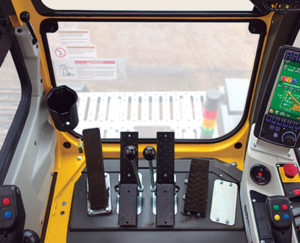
Hydraulic crane
How a hydraulic system works: If you have read How hydraulic machines work, know that the hydraulic crane is based on a simple concept: the transmission of forces from one point to another through a fluid.
Most hydraulic machines use some type of incompressible fluid, a fluid that is at its maximum density.
Oil is the most commonly used incompressible fluid for hydraulic machines, including hydraulic cranes.
In a simple hydraulic system, when a piston pushes down the oil, the oil transmits all the original force to another piston, which is pushed upwards.
A hydraulic pump creates the pressure that moves the pistons. The pressure in a hydraulic system is created by one of two types of hydraulic pumps:
- Variable displacement pump
- Gear pump
Hydraulic system
Most hydraulic truck cranes use two-gear pumps that have a pair of interconnected gears to pressurize the hydraulic oil.
When it is necessary to increase the pressure, the operator presses the accelerator of the foot to make the pump work faster.
In a gear pump, the only way to get high pressure is to run the engine at full power.
For example, A 70-ton hydraulic crane uses a 12.7-liter diesel engine that generates up to 365 horsepower. The motor is connected to three two-gear pumps, which include:
Main pump: this pump drives the piston rod that raises and lowers the boom, as well as the hydraulic telescopic sections that extend the boom. The main pump can generate 3,500 pounds per square inch (psi) of pressure. It generates more pressure than the other two pumps because it is responsible for moving much more weight.
Pilot pressure counterbalance pump: a hydraulic crane uses counterweights at the rear of the cab to prevent it from tipping over. These are added and eliminated by a hydraulic lift that has its own pump. The counterweight gear pump can generate 1,400 psi.
Steering pump/stabilizer: a pump controls the steering and stabilizers. The stabilizers are used to stabilize the truck during lifting operations. Because the direction and operation of the stabilizer are not performed simultaneously, they work with the same pump. This pump generates 1,600 psi.
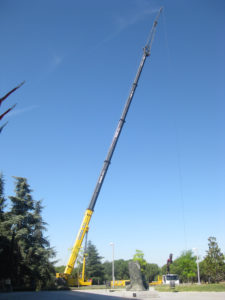
Grove telescopic crane
Hydraulic truck cranes provide a raw force to move objects, machines and even large animals that would otherwise be very difficult to move.
With a very simple hydraulic principle, these machines move thousands of pounds with relative ease, which makes them an essential component of most construction projects and a great example of the power of basic physics.
There are hybrid telescopic cranes, combining articulated arms and metallic lattice boom; to reach unsuspected heights.
Hydraulic cranes can be simple in design but can perform herculean tasks that would otherwise seem impossible.
In a matter of minutes, these machines are capable of lifting multiton bridge beams on highways and heavy equipment in factories and even building houses on the beach on piles.
Hydraulic truck cranes are also used to remove killer whales like Shamu from water tanks when places like SeaWorld send whales to new destinations.
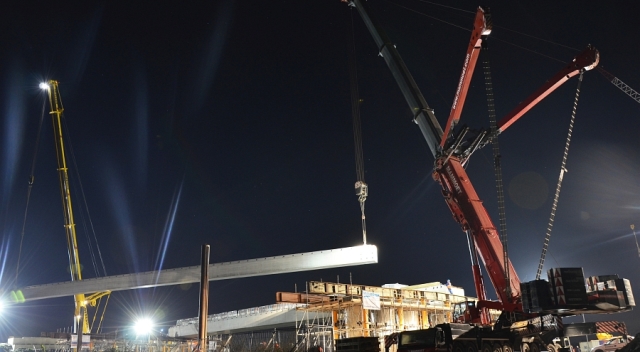
Mobile cranes manufacturers
Directory provides a list of mobile crane manufacturers and suppliers. Utilize our website to review and source mobile crane manufactures.
- Grove
- Altec
- Mamut
- Liebherr
- Terex
- Pfeifer
- Tadano
- JCB
- Sennebogen
- Manitou
What is a mobile crane used for?
A crane is a type of machine, generally equipped with a hoist rope, wire ropes or chains, and sheaves, that can be used both to lift and lower materials and to move them horizontally. It is mainly used for lifting heavy things and transporting them to other places.
A mobile crane is a cable-controlled crane mounted on crawlers or rubber-tired carriers or a hydraulic-powered crane with a telescoping boom mounted on truck-type carriers or as self-propelled models.
Mobile Cranes are the most standard and versatile type of crane used in construction today. The mobile hydraulic crane consists of a steel truss or telescopic boom mounted on a mobile platform, which could be a rail, wheeled, or even on a cat truck.
Hydra and crane, both are used for material handling. But in Hydra, you can lift and carry the load. Hydra can not rotate (swing) 360 degrees, while crane can. Generally, hydras are having less capacity (say 12 ton, or a bit more) while cranes can have very high capacities even 1200 ton also.
The most read
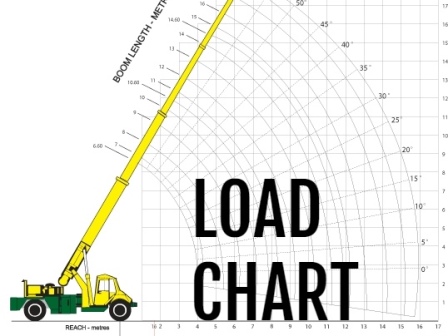
Mobile Crane Load Chart
Simply put, the only way to know if the load you are lifting with a mobile crane is within the limitations of the crane is to relate the lift to the manufacturer’s load chart and notes.
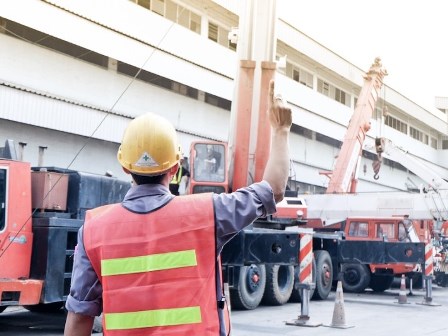
Mobile Crane Hand Signals
All mobile crane operators must have experience and education on all aspects of material handling and mobile crane procedures, including all common manual signals for mobile crane operators.
